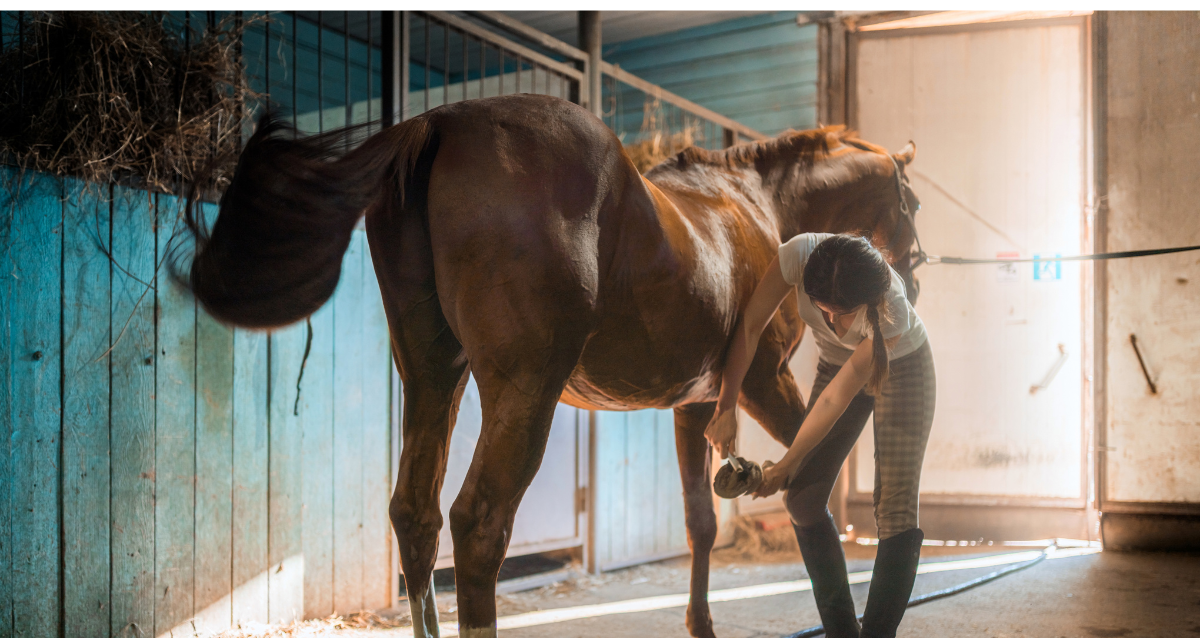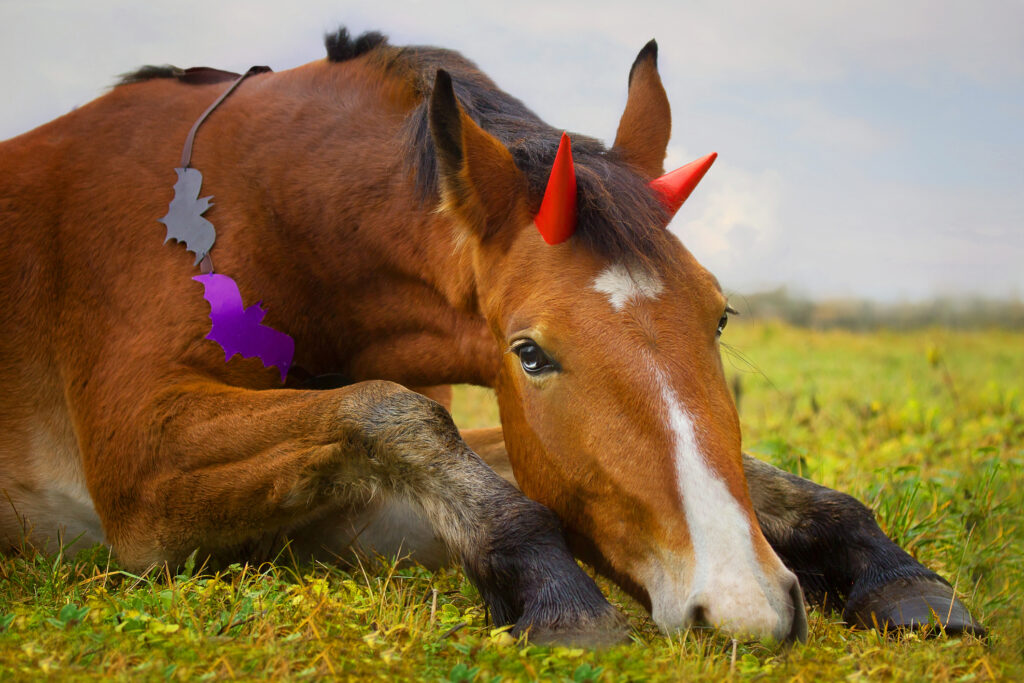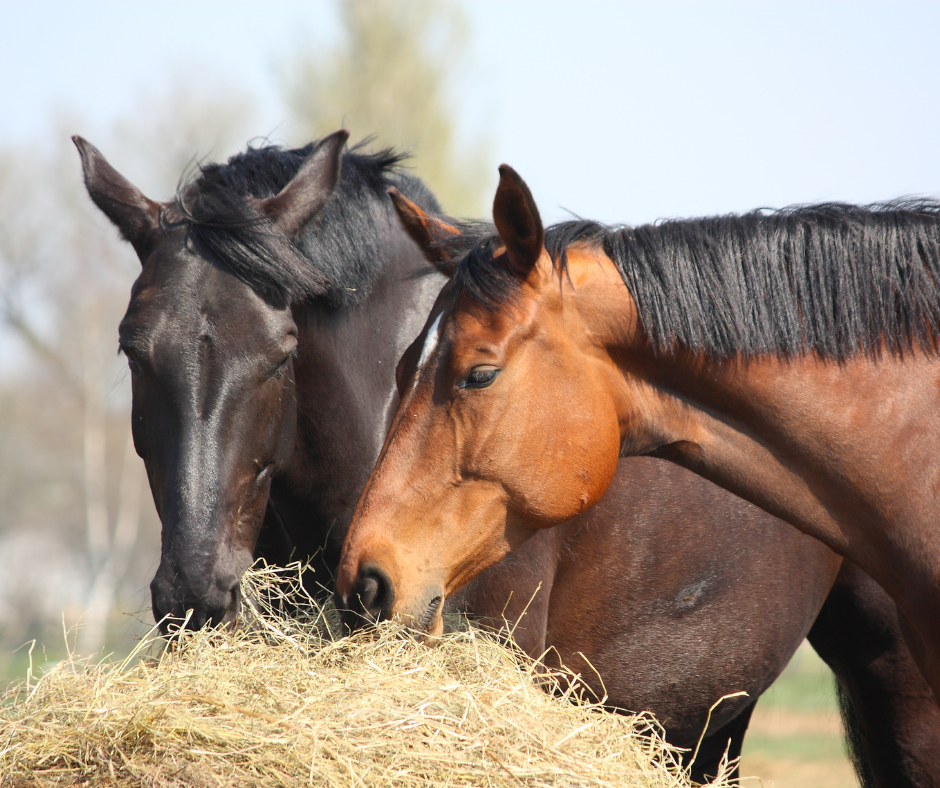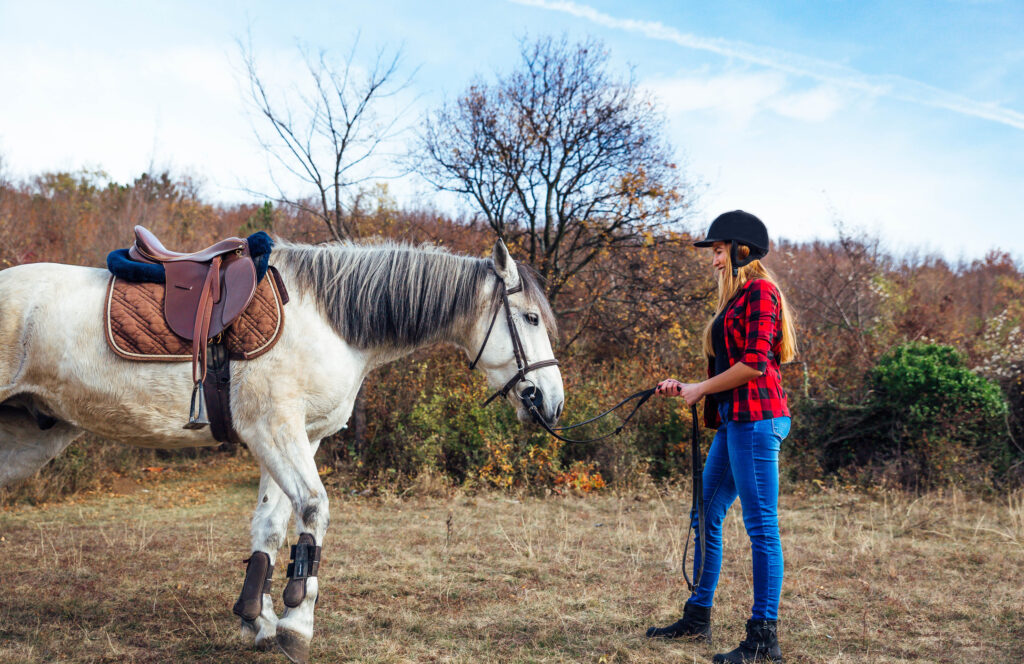The transition from winter to spring can be challenging for horses as they slowly adjust to the changing weather conditions and other environmental factors. Springtime means longer, warmer days, and it’s an ideal season to catch up on your horse’s healthcare needs.
To ensure your horse stays healthy and happy during the spring season, it’s essential to take extra care in their diet, shelter, and overall management.
Here are 5 top tips for spring horse care!
Adjust Your Horse’s Diet
As the weather starts to warm up, your horse’s diet should change to reflect the new season. During the winter, horses tend to lose weight due to the cold weather, and they may need extra hay and feed to maintain their weight. In the spring, however, horses often start to gain weight due to the growth of new grasses and other plants.
To prevent your furry friends from gaining too much weight, consider reducing their hay and feed intake and gradually introducing them to the new spring grasses/plants. It’s important to monitor your horse’s weight closely and adjust its diet when needed.
Tip– Make this change gradual, lasting up to one or two weeks. Horses must adapt to new food; otherwise, health issues such as colic, toxicosis, and diarrhoea may develop.
Provide Regular Grooming
Spring is a shedding season for most animals, and horses are one of those animals that will start to shed their winter coats. Regular grooming is essential to help your horses shed their coats evenly and prevent skin irritation risks.
Brush your furry bestie daily to remove loose hair and dirt, and don’t forget to use a shedding blade to help remove the winter coat.
This is also a perfect opportunity to check your horse’s skin for any signs of injuries, dryness, or irritation. If you find that the skin is quite dry, try using some coconut oil. You may find that to help reduce dry skin, you may need to change your horse’s diet or switch to a new shampoo!
Check for Health Issues
Spring is a good time to check your horse for any health issues that may have arisen during the cold months. Look for signs of weight loss, change in their performance, or any other problems, and schedule a veterinary exam if needed.
Remember vaccinations! The beginning of spring is the perfect opportunity to book your horse’s annual vaccinations. Vaccinating your horses in early spring will ensure that their immune system is ready to protect them from dangerous viruses or bacteria to which they may be exposed during the spring and summer months.
Introduce A New Exercise Routine
Spring is a great time to exercise your horse after the winter break. Progressively increase their exercise routine to help them regain their fitness and strength. Riding or lunging your horse for 20-30 minutes a day can help improve their cardiovascular health and muscle tone.
However, be careful not to overwork your horses, especially if they have been inactive during wintertime. Slowly increase their exercise routine over a few weeks to prevent injuries or health issues.
Provide Shelter
Spring weather can be very unpredictable, with sudden rain, wind, and temperature changes. To protect your horses from these weather conditions, you must ensure they can access a sturdy shelter, such as a barn or timber stables. Their shelter should be large enough for your horses to move around comfortably and access fresh water and food.
Jon William Stables have been manufacturing American Barns, Timber Stables and Field Shelters since the 1980s, meaning each unit comes with 40+ years of solid experience. Here at Jon William Stables, we not only offer a vast range of options, but we can also provide bespoke solutions to suit your requirements. [ES1]
Spring horse care requires careful attention to your horse’s diet, grooming, health, exercise routine, and shelter. These tips will ensure your horse stays healthy and happy during the transition from winter to spring.
If you are looking to invest in high-quality horse stables, call us today at 01380 850965 or fill in the enquiry form!





